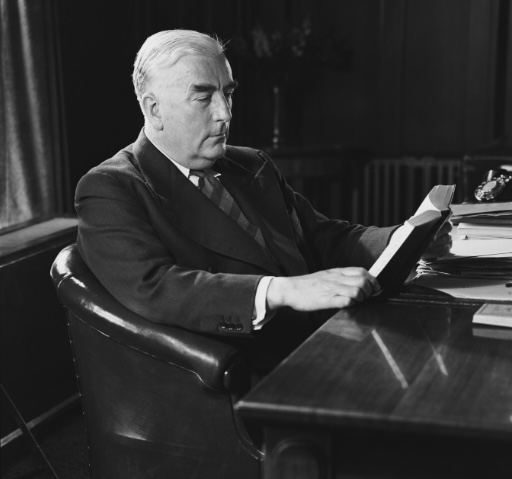James Waghorne: ‘A Light on the Hill & A Place of Truth’ Menzies’s University Days
When Robert Menzies came to the University of Melbourne to study Law in 1913, it had only around 1000 students. Even that was a great increase from when it opened in the 1850s to teach the sons of pastoralists and to civilise what was a young and brooding Colony that had only just broken off from New South Wales. In his youth Menzies was already a towering and precocious figure. Though he was not a product of wealth, and attended as a non-resident member of Ormond College largely on the back of academic prizes he had won, Menzies became President of the SRC and the editor of the Melbourne University Magazine.
These were Menzies’s formative days when he learned to debate, to write, to give speeches, and to negotiate with personalities and bureaucracies. There were setbacks, like failing Latin in his first year, or receiving backlash for supporting conscription in a war in which he himself had not enlisted. But overall there were tremendous successes that left Menzies self-confident and ready to take on the world. Menzies fell in love with the University of Melbourne; he tutored there, came back for debates in the 1920s, and even returned triumphantly as Chancellor in the late 1960s.
Joining us to discuss the intricacies and eccentricities of the university at the turn of the century is Dr James Waghorne. James is a Senior Research Fellow at the Melbourne Centre for Higher Education and the University of Melbourne’s de facto historian. His work reaches across the history of university governance, university disciplines, the heritage of university campuses, and the changing influence of campus life and culture on the student experience. Additionally, he takes in the historical connections between universities and the state, industry and community groups. James is the co-author of Australian Universities: A History of Common Cause, Liberty: A History of Civil Liberties in Australia, and co-editor of The First World War, the Universities and the Professions in Australia, 1914–1936.
Sign up to our newsletter
Sign up for our monthly newsletter to hear the latest news and receive information about upcoming events.


